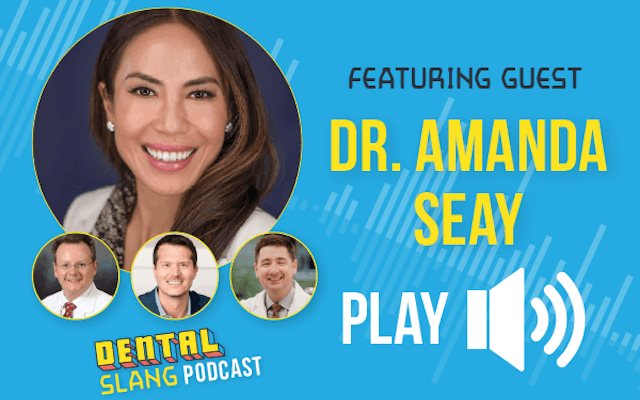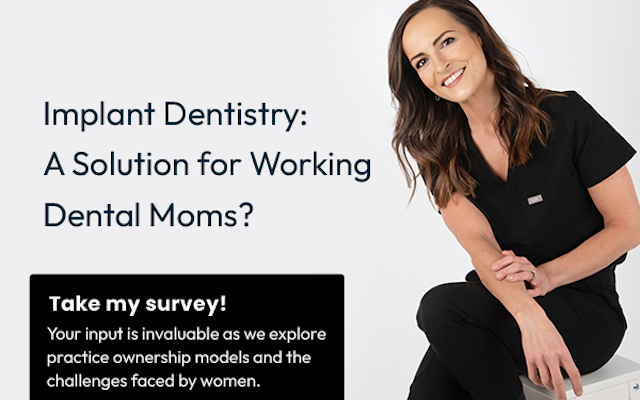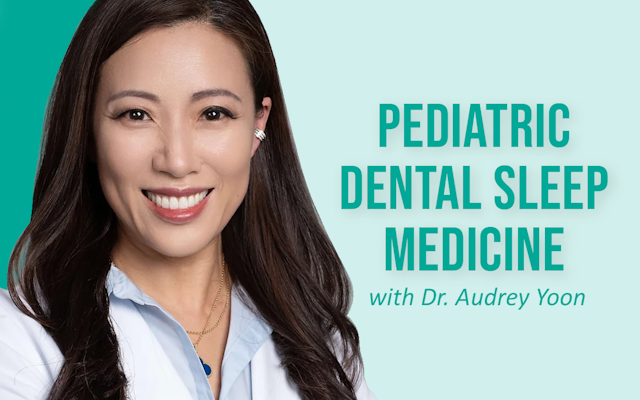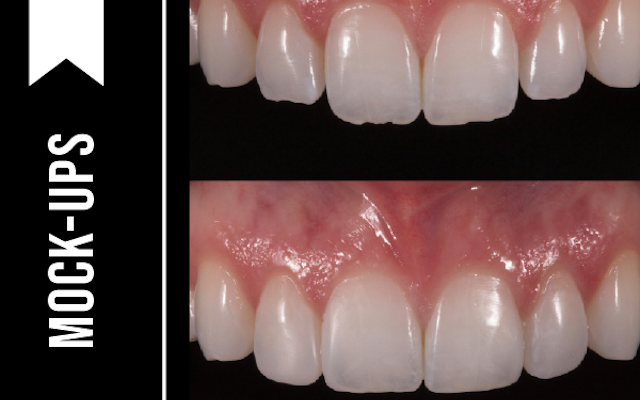I have heard people say it is dangerous for general dentists to carry out orthodontics. If they don’t have an understanding of the full benefits of orthodontics and how to diagnose and assess, then there may be some truth to that. However, I would argue it is just as dangerous for general dentists NOT to carry out ortho-restorative dentistry, or at least to not have an understanding of the advantages it brings.
By treating mild and moderate crowding cases, as well as improving appearance, we are potentially also carrying out interceptive functional treatment that can maintain a patient’s long-term anterior guidance and a correct envelope of function.
There also has been criticism suggesting cosmetic orthodontics and short-term orthodontics cause anterior flaring and loss of control of the anterior occlusion. This may be true if there is no arch planning or space creation strategy. However, if these have been carried out then it should give excellent anterior occlusal control.
The Three-Step Approach
A simple three-step approach can greatly improve a patient’s appearance and function by restoring guidance as well as intercepting the continual crowding that may cause more problems, without the need to pick up a drill or damage any teeth.
Anterior orthodontics, while it can improve appearance and function, is not comprehensive treatment. Patients with posterior malocclusions must be made aware of the benefits of comprehensive treatment, and if they decide against it must do so with the best consent possible.
Stability And Relapse Of Dental Arch Alignment
Through a 40-year study, RM Little’s Stability and Relapse of Dental Arch Alignment¹ highlights the point that retention after all forms of orthodontics is for life. It also found that when adults have mild or moderate crowding, the arch length will reduce regardless of whether the patient has had orthodontics. This means if patients have mild or moderate crowding and no history of orthodontics, their teeth may well continue to crowd throughout their lifetime. Technically, the term relapse is a “red herring.” We should be thinking about “continued tooth movement.”
This is a critical point for anyone carrying out any form of anterior restorative treatment. The teeth carrying the restorations, which you may expect to remain in the same position, very commonly keep moving and the functional contacts continue to change. This may increase the risk of fracture of anterior direct restorations. Simply put, crowding will get worse and arch widths will collapse, meaning the inter-canine width can reduce and overjet decrease, which may affect the patient’s guidance and envelope of function.
This also means lower incisors with wear facets from attrition will worsen, potentially causing more dentine exposure and darkening from the soaking of stain.
This explains the common situation of anterior composite chipping/ breaking. It is not solely the material at fault; it is the changing anterior contacts from increasing anterior crowding. I believe millions of patients with repeatedly failing anterior composite restorations end up with veneers or crowns because dentists do not understand the consequence of Little’s study. As a result, patients are being treated too aggressively for something that should be dealt with using minor orthodontics, and possibly bonding.
It is critical for general dentists to understand and be able to carry out minor orthodontic treatment in the anterior region. If they can’t, I believe much of our anterior treatment is compromised! Like I tell every dentist, if you can’t do a little ortho, I wouldn’t sit in your chair.
 By:
By: 



